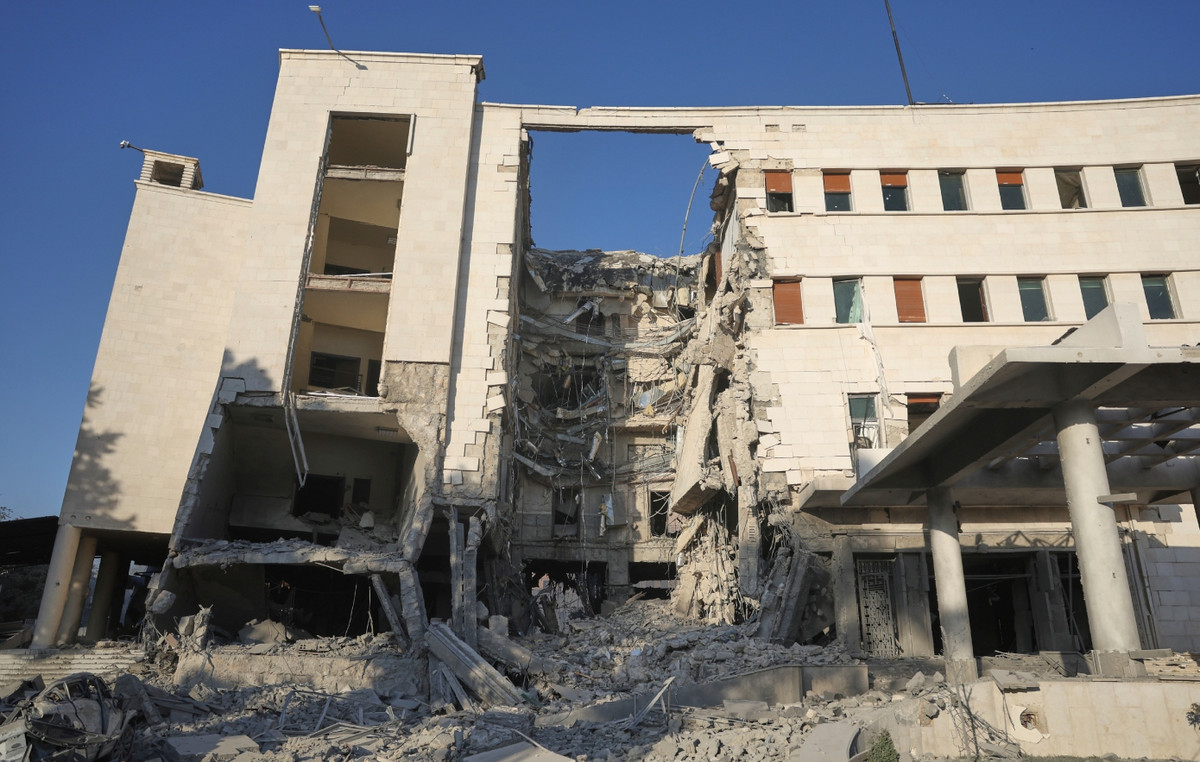The twin-engine turboprop plane that crashed last Wednesday night (23) in the interior of São Paulo had taken off from Florianópolis (SC) at 4:51 pm and was destined for the city of Belo Horizonte (MG).
The aircraft, from the company Abaeté Aviação, crashed at around 6:39 pm on the border between the São Paulo municipalities of Paraibuna and Santa Branca, in the Paraíba Valley. Five people were on board the plane: captain, pilot, doctor, nurse and mechanic – all of whom were airline employees. None of them survived.
“The company is welcoming families and offering all the support they need in this moment of pain. The cause of the accident is still unknown. The company is working with accident investigation authorities and offering all possible assistance at this difficult time”, says the company, in a note.
The accident plane was manufactured in 1982 and had the prefix PT-MBU. According to the Brazilian Aeronautical Registry, from the National Civil Aviation Agency (Anac), the equipment was in good standing and had authorization to fly an air taxi. The Airworthiness Verification Certificate (CVA) was valid until next year.
The causes of the accident will be investigated by the Aeronautical Accident Investigation and Prevention Center (Cenipa).
What does the crashed model look like?
The aircraft that crashed in the interior of São Paulo was an Embraer EMB 121 Xingu. The plane has the capacity to transport eight people, six passengers and two crew members.
According to Embraer, the Xingu was the first pressurized aircraft built and designed in Brazil. “This feature allowed it to fly at an altitude of 28 thousand feet, above cloud formations and atmospheric disturbances, maintaining internal pressure equivalent to 8 thousand feet, which guaranteed greater comfort to passengers”, says the manufacturer.
“In addition to cabin pressurization, the Xingu inaugurated other important technological advances for the aeronautical segment in Brazil, such as the installation of the “T” type tail, where the horizontal stabilizer assembly was mounted on top of the vertical stabilizer. This configuration allowed the blowing of the propellers not to reach the horizontal stabilizer, in order to guarantee a lower level of vibration and noise”, adds Embraer on its official website.
This content was originally published in Plane that crashed in the interior of SP would go to BH; Get to know the injured model on the CNN Brasil website.
Source: CNN Brasil
I’m James Harper, a highly experienced and accomplished news writer for World Stock Market. I have been writing in the Politics section of the website for over five years, providing readers with up-to-date and insightful information about current events in politics. My work is widely read and respected by many industry professionals as well as laymen.







